Search the Special Collections and Archives Portal
Search Results
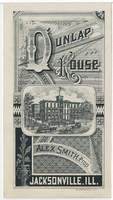
Menu for Opening of Jacksonville Southeastern Rail Road to Centralia, Wednesday, November 7, 1883, Dunlap House
Date
Archival Collection
Description
Text
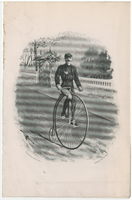
Hotel Brunswick dinner menu, Sunday, October 21, 1883
Date
Archival Collection
Description
Text
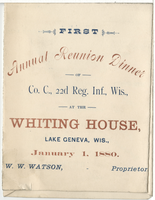
Menu for the First Annual Reunion Dinner of Company C., 22d Regiment Infantry, Wisconsin, January 1, 1880, Whiting House
Date
Archival Collection
Description
Text
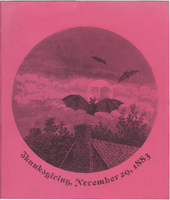
Thanksgiving dinner menu, November 29, 1883, St. James Hotel
Date
Archival Collection
Description
Text
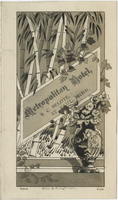
Thanksgiving menu, Metropolitan Hotel
Date
Archival Collection
Description
Text

Interview with Raymond Chester Harbert, February 18, 2005
Date
Archival Collection
Description
Text

Jose Leonardo Martinez oral history interview: transcript
Date
Archival Collection
Description
Oral history interview with Jose Leonardo Martinez conducted by Barbara Tabach and Nathalie Martinez on August 19 and 29, 2020 for the Latinx Voices of Southern Nevada Oral History Project. Session 1: Jose discusses his childhood and what it was like growing up during the Salvadoran Civil War. He recounts the dangers he's faced and how he made his way to the United States after traveling through Guatemala and Mexico. Subjects discussed include: Salvadoran Civil War; Ciudad Arce, El Salvador; Guatemala; Mexico; Los Angeles, California. Session 2: Jose continues his discussion of growing up in El Salvador and the violence he witnessed in the country's army during the 1980s. He also talks about his personal life after moving to the United States and his experiences navigating gang culture in Los Angeles, California. Jose recounts his previous jobs, his schooling, how he met his wife, and his family's move to Las Vegas. Subjects discussed include: El Salvador army; gang violence.
Text
Lamar and Patricia Marchese Papers
Identifier
Abstract
The Lamar and Patricia Marchese papers (1959-2015) contain awards, correspondence (both professional and personal), a Clark County Services and Facilities Directory, newspaper and magazine clippings, pamphlets, Parks and Recreation information, KNPR events and newsletters, art exhibits brochures, and musical performances brochures. The collection chronicles the contributions of the long-time Las Vegas community leaders through photographs, speeches, an interview done with Lamar Marchese, professional papers, audiovisual materials, Las Vegas Centennial Board (LVCB) end of year report, and a LVCB book.
Archival Collection
Elizabeth Harrington Collection of Essays
Identifier
Abstract
This collection contains the original drafts of the thirteen essays that Elizabeth Harrington wrote about her life in early Las Vegas, Nevada. These articles were written from her memory and experiences of life in Las Vegas beginning in the early 1900s, and were published in the Nevadan section of the Las Vegas Review-Journal from 1975-1979.
Archival Collection

